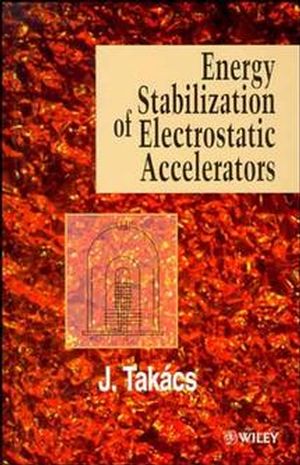Energy Stabilization of Electrostatic AcceleratorsISBN: 978-0-471-97039-2
Hardcover
146 pages
October 1997
 This is a Print-on-Demand title. It will be printed specifically to fill your order. Please allow an additional 10-15 days delivery time. The book is not returnable.
|
||||||
Electrostatic accelerators, such as the Van de Graaf generator, are among the most established and well-developed particle accelerators. One of the key issues in the maturation of these accelerators has been the development of methods used to stabilize the energies of the particles they produce. Energy Stabilization of Electrostatic Accelerators presents a comprehensive overview of the key methods of stabilizing the energy of ions produced by electrostatic accelerators. After giving comprehensive background information on the subject, it explains the basis of high voltage generation, covering both the Van de Graaf charge transfer and the Crockcroft Walton voltage multiplier principle. This is followed by a description of the various methods used to detect the fluctuation in the energy of the accelerated ions. The later chapters describe the various ways used to stabilize the energy of the ions, gradually leading the reader to models of more complicated multi-loop stabilizers, composed from the simple models derived in the previous chapters. Some of the information on the mathematical modeling of physical phenomena applied in the stabilization has not been published before. Also featured is a whole chapter devoted to the problem of modulating the energy of the ions to a predetermined way. Energy Stabilization of Electrostatic Accelerators has been written with the accelerator designer and user in mind, but will also prove extremely useful to researchers and graduate students engaged in accelerator-based research, both pure and applied, whose interests lie in improving accelerator performance. It assumes only a basic knowledge of feedback and control system theory and Laplace transformation, which makes it readily understandable for any readers with physics and electronic engineering backgrounds.



